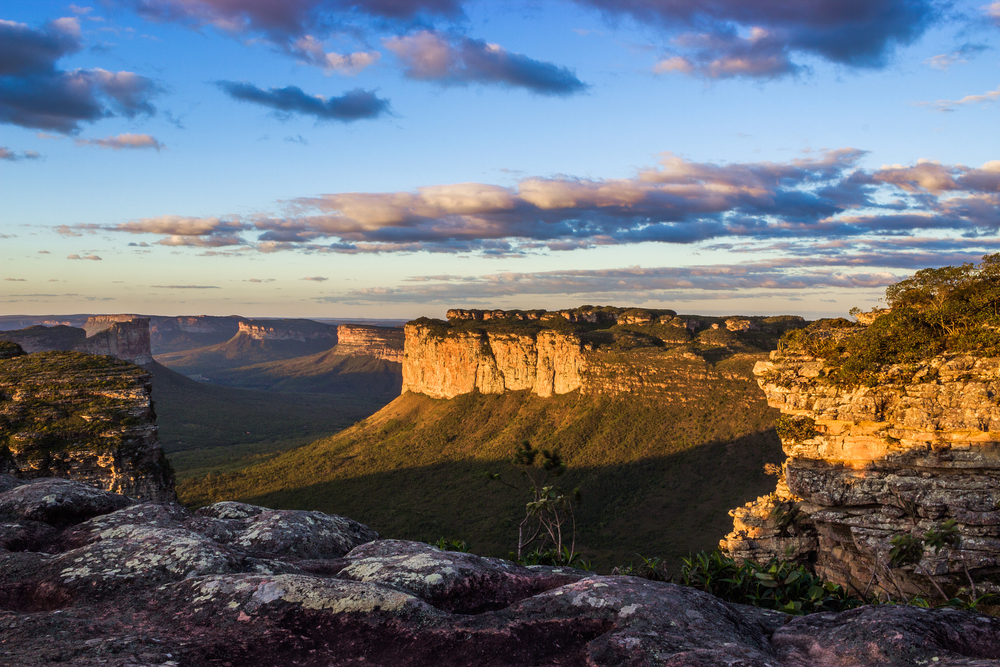Jau Overview
Jau National Park, or Parque Nacional do Jaú in Portuguese, is one of the largest forest reserves in South America, spanning approximately 8,848 square miles (22,720 square kilometers) in the northwestern region of Brazil.
Located in the Amazonas state, the park is part of the Amazon Rainforest and is bordered by the Jau River, which winds through its dense, biodiverse landscape. The park is recognized as a UNESCO World Heritage Site due to its ecological significance and the remarkable array of plant and animal species it protects.
The park’s terrain is characterized by an intricate network of rivers, blackwater lakes, and vast floodplains that sustain an immense diversity of flora. Towering tropical trees such as kapok, Brazil nut, and giant mahogany dominate the canopy, while beneath them, thick undergrowth provides shelter for countless species.
The park experiences seasonal flooding, which shapes its landscape and supports a rich aquatic ecosystem. Within the park, visitors will find dramatic waterfalls like Cachoeira do El Dorado, the tallest waterfall in Brazil, cascading from the dense forest canopy into remote pools.
Jau National Park is home to an extraordinary range of wildlife, some of which are endangered or rare. Iconic Amazonian mammals such as jaguars, giant otters, and manatees roam its waters and forested areas. Primates, including the golden-backed uakari and howler monkeys, thrive in the treetops.
The park is also a haven for birdwatchers, with species like the vibrant macaws, harpy eagles, and the rare black-faced black spider monkey. The rivers and lakes of the park shelter pink river dolphins, piranhas, and arapaimas, some of the largest freshwater fish in the world.
A popular feature of the park is its vast and untouched wilderness, which offers a truly immersive experience in one of the most pristine parts of the Amazon Rainforest. The waterways serve as the primary mode of exploration, allowing visitors to navigate through the park by boat or canoe.
Guided tours along the Jau River provide opportunities for wildlife spotting, while some areas allow for controlled hiking and camping, offering a deeper connection to the natural surroundings. The park’s remote and undeveloped nature makes it an ideal destination for eco-tourism and scientific research.
Jau National Park faces conservation challenges typical of the Amazon, including illegal logging, poaching, and the impacts of climate change. However, its status as a protected area has helped preserve its unique ecosystems.
Conservation initiatives include community involvement in sustainable resource management and scientific studies that support habitat protection. The park is also part of a larger network of protected areas that help maintain biodiversity and ecological balance in the region.
Park Map
Jau National Park Highlights
Share your clicks with us
Related National Parks More Brazil
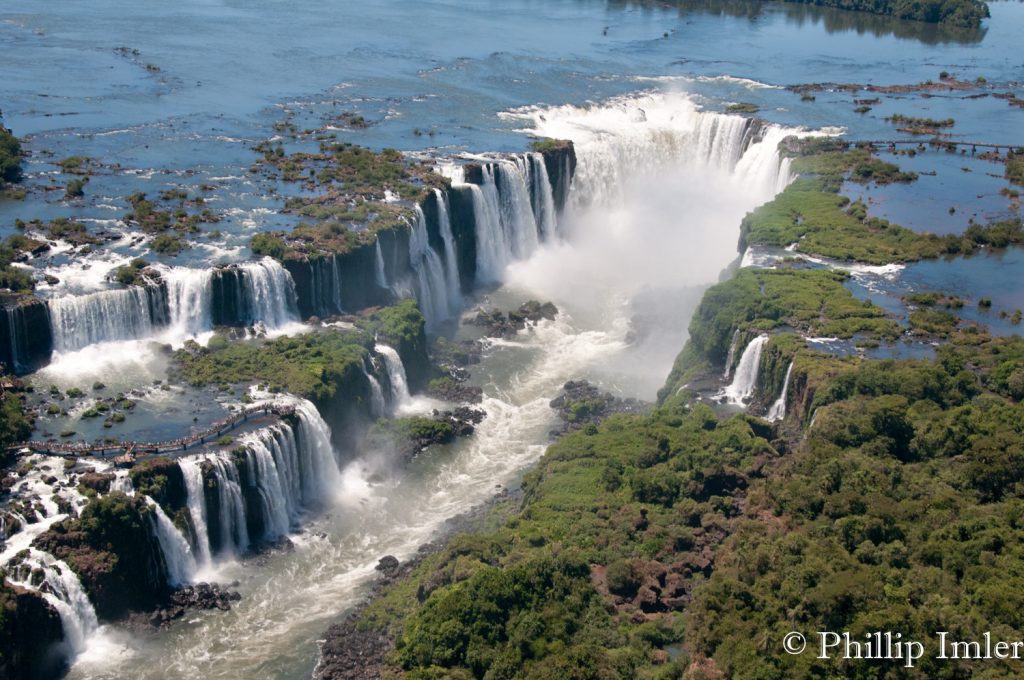
Iguaçu National Park

Cavernas do Peruaçu National Park

Caparaó National Park
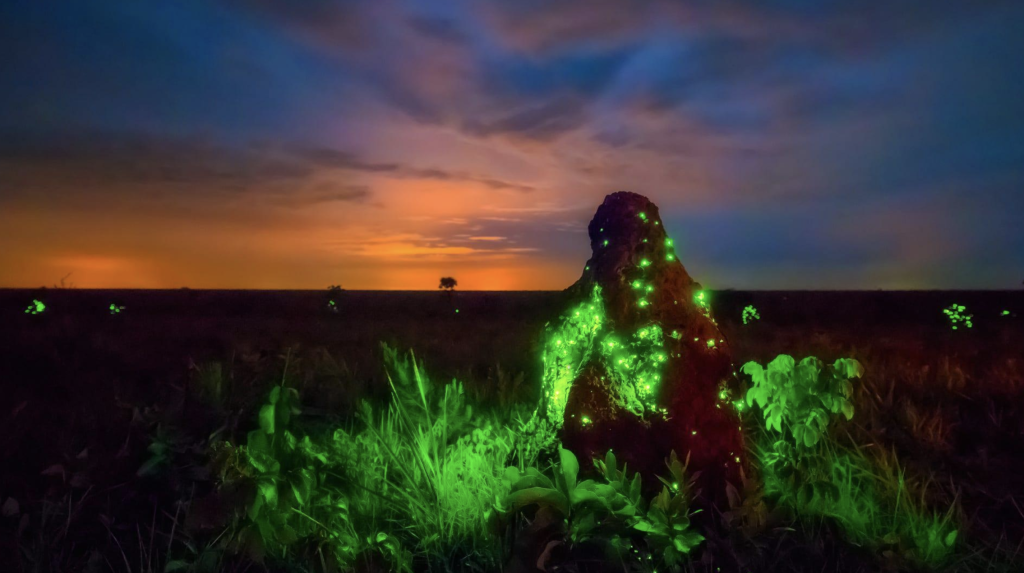
Emas National Park
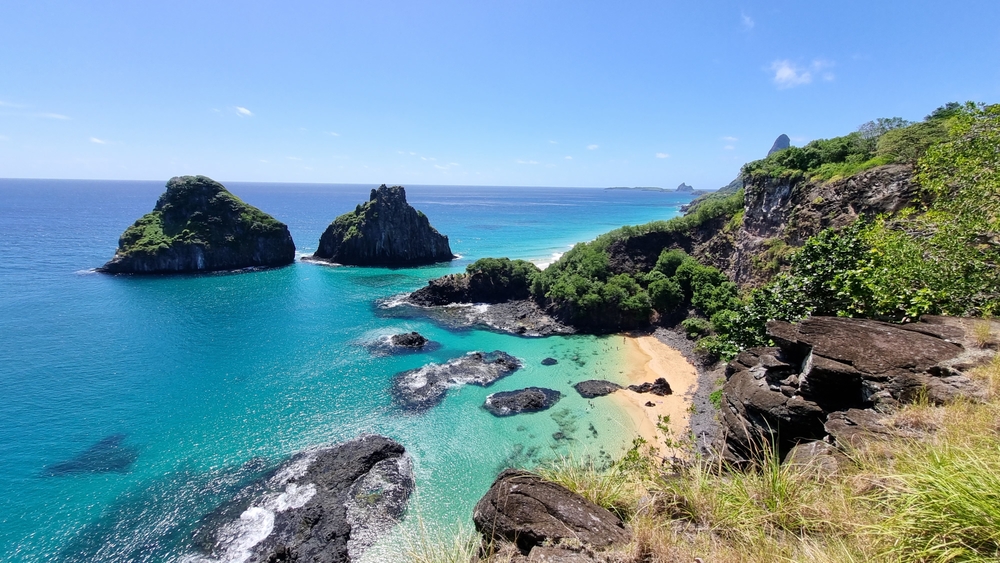
Fernando de Noronha Marine National Park
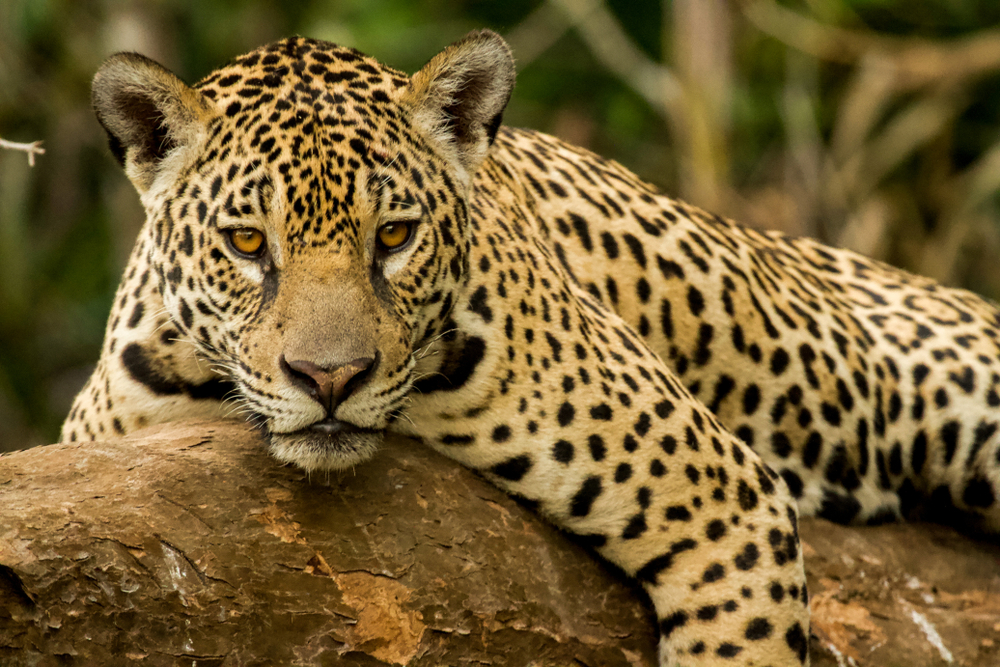
Pantanal Matogrossense National Park
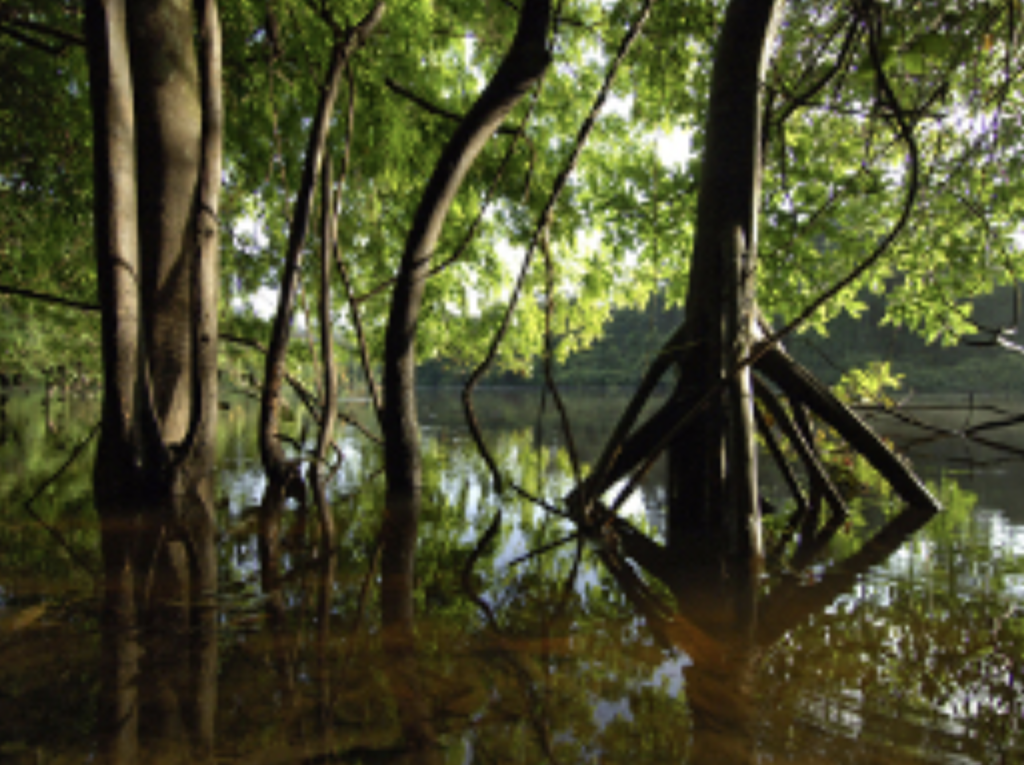
Montanhas do Tumucumaque National Park
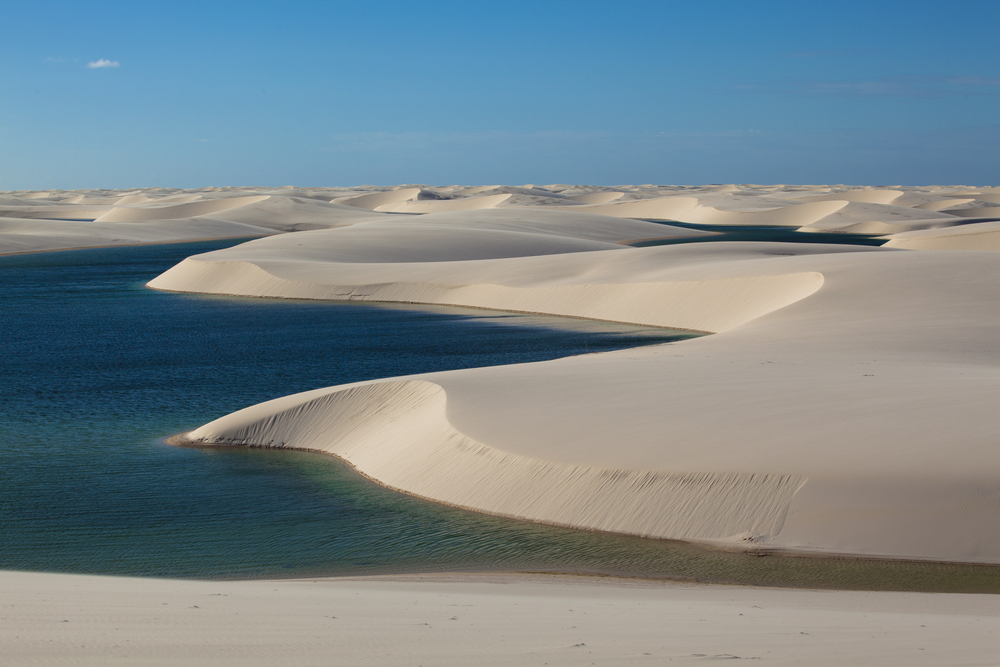
Lençóis Maranhenses National Park
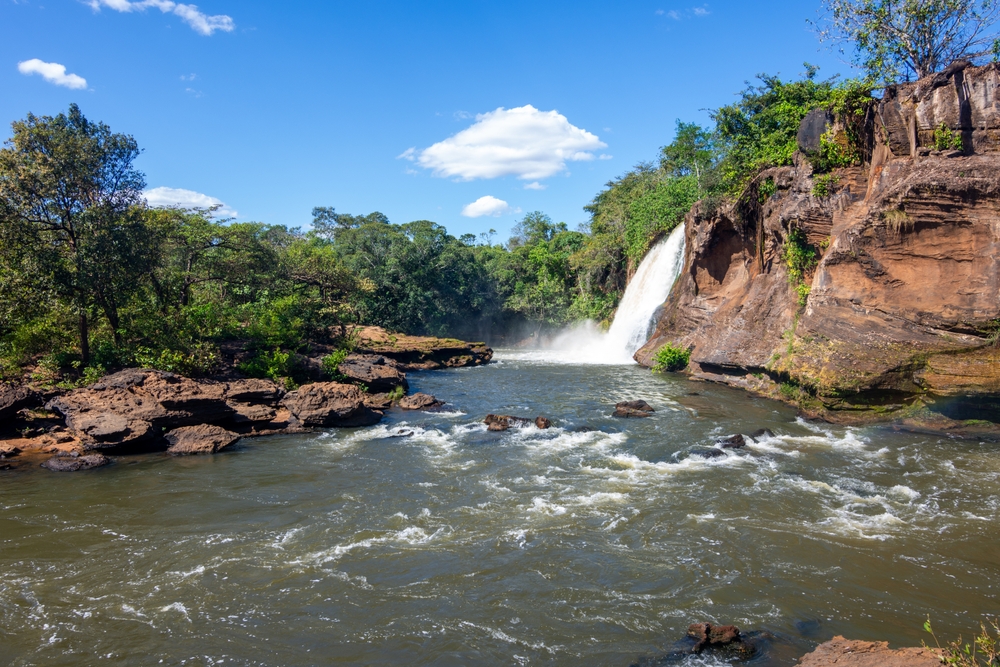
Chapada das Mesas National Park
